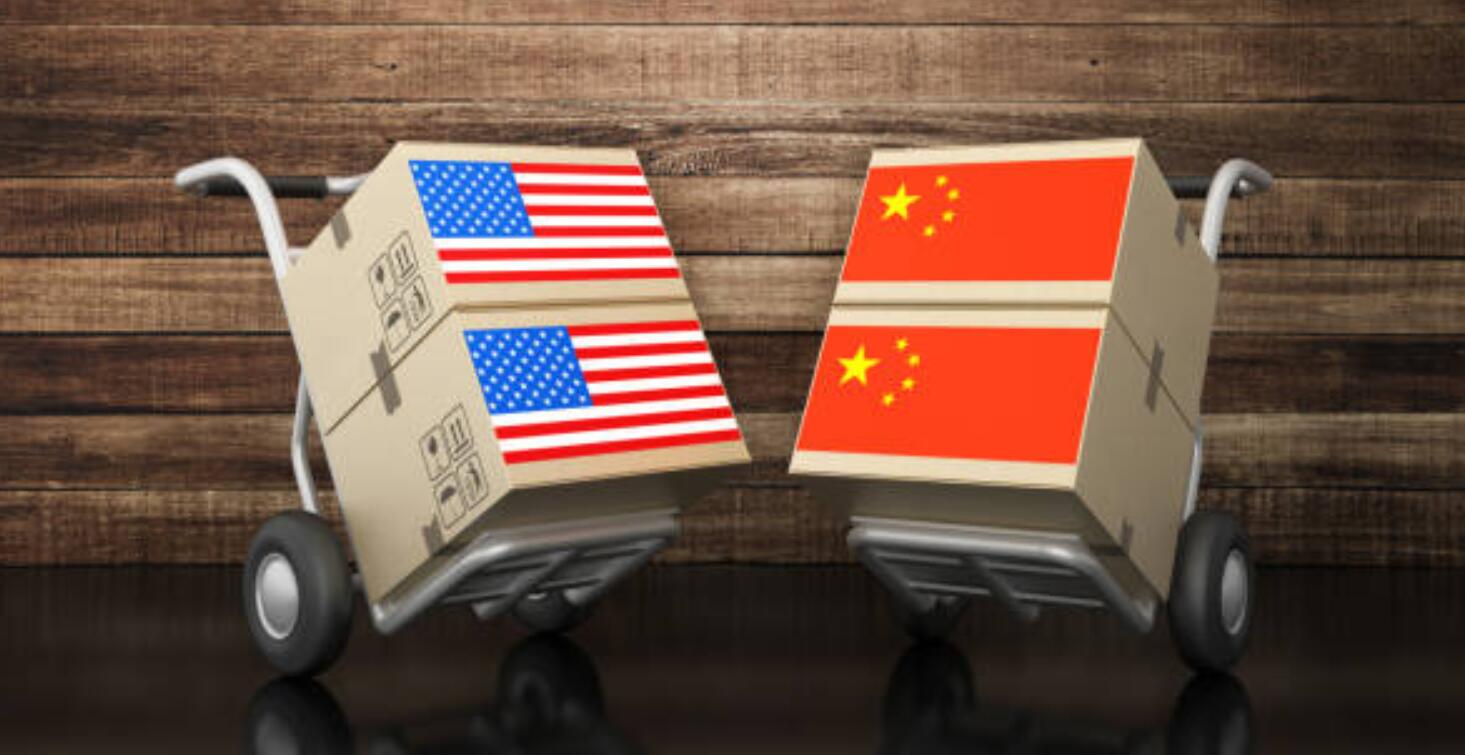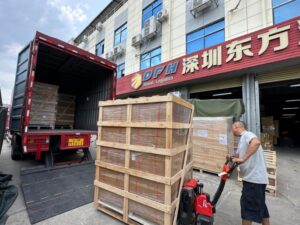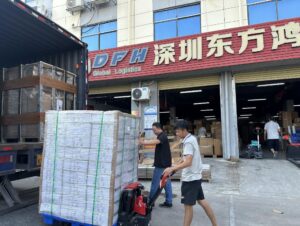Shipping electronics from China to the USA can be highly profitable — but it also involves complex logistics, strict compliance requirements, and product safety rules that many importers underestimate.
To successfully ship electronics from China to the USA, you must select the right shipping method, comply with U.S. import regulations (FCC, UL, lithium battery rules), and work with a reliable freight forwarder like DFH Logistics, who can manage everything — from supplier pickup to customs clearance and final delivery.
In this Guide, i will tell you everything about shipping electronics from China to USA, Including the shipping time, costs, best methods, shipping documents,shipping process and so on. Now let’s begin:
1. Why Importing Electronics from China Is So Popular
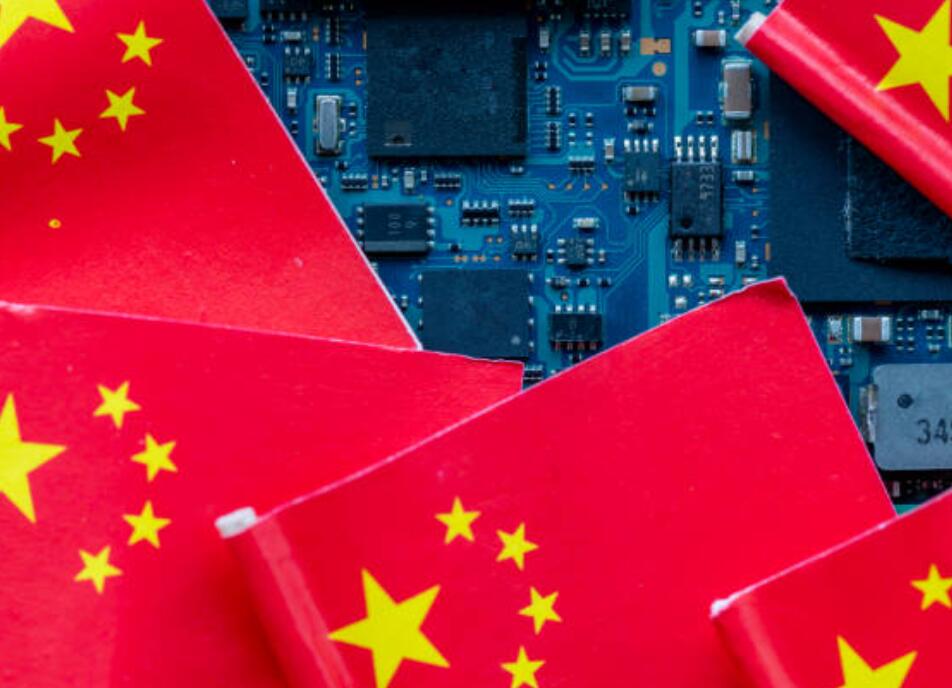
China has long been recognized as the global hub for electronics manufacturing, producing more than 40% of the world’s consumer and industrial electronic products. From smartphones and power banks to smart home devices and wearable tech, Chinese factories lead the world in innovation, scale, and cost efficiency.
Here’s why so many businesses prefer importing electronics from China:
- Unmatched variety and scalability — You can find everything from budget accessories to high-end electronics, often from the same manufacturing cluster (like Shenzhen or Dongguan).
- Competitive pricing — Due to economies of scale and developed supply chains, Chinese electronics manufacturers offer some of the lowest production costs in the world.
- Strong OEM/ODM capability — Most Chinese factories allow buyers to customize designs, packaging, and branding.
- Mature logistics network — Decades of export experience mean smoother customs procedures and abundant shipping routes to the USA.
However, the challenge lies in logistics and compliance. Many first-time importers face issues such as customs holds, incorrect battery labeling, or missing FCC certifications. That’s where professional freight forwarders like DFH Logistics add real value — by ensuring your goods move legally, safely, and efficiently from factory to destination.
2. What Types of Electronics Can You Import from China to the USA?
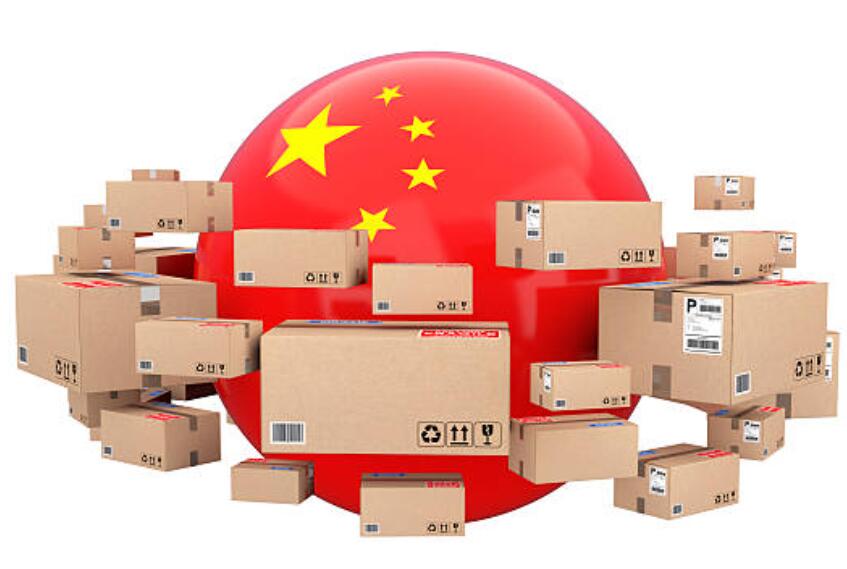
China exports millions of different electronic products each year — but not all are treated equally by customs. Understanding what’s allowed, restricted, or prohibited is essential before you start importing.
Common Categories You Can Import
Below are the most frequently imported electronic products from China to the USA:
- Consumer Electronics: Smartphones, tablets, cameras, headphones, speakers, drones
- Computer and Office Equipment: Laptops, monitors, keyboards, printers, cables
- Smart Devices: Smartwatches, IoT devices, home automation systems
- Household Appliances: Vacuum cleaners, air purifiers, electric fans, kitchen gadgets
- Lighting and Power Solutions: LED lights, adapters, chargers, power banks
- Industrial and Electronic Components: PCBs, sensors, power modules, transformers
Each product type may have different import documentation or compliance requirements. For instance, a Bluetooth headset requires FCC certification, while a charger may need UL safety approval.
Items Containing Lithium Batteries
Electronics with lithium batteries (UN3480, UN3481) are categorized as dangerous goods (DG) for transport. These include mobile phones, laptops, drones, and even some LED products. Before shipping, such items must:
- Pass the UN38.3 safety test for lithium batteries
- Be accompanied by an MSDS (Material Safety Data Sheet)
- Use compliant inner packaging and outer carton labeling
Failing to meet these standards can result in airline rejection or customs detention.
Restricted or Prohibited Electronics
Certain electronics are either restricted or banned from import into the USA, such as:
- Counterfeit branded goods
- Devices without FCC certification
- Military-grade or encrypted communication equipment
- Wireless devices operating on unauthorized frequencies
If you’re uncertain about whether your product is restricted, DFH Logistics can check its HS code and confirm compliance before shipment. We’ve helped many importers identify potential issues early and adjust documents or shipping methods to ensure smooth customs clearance.
3. What Are the Main Shipping Methods for Electronics from China to the USA?
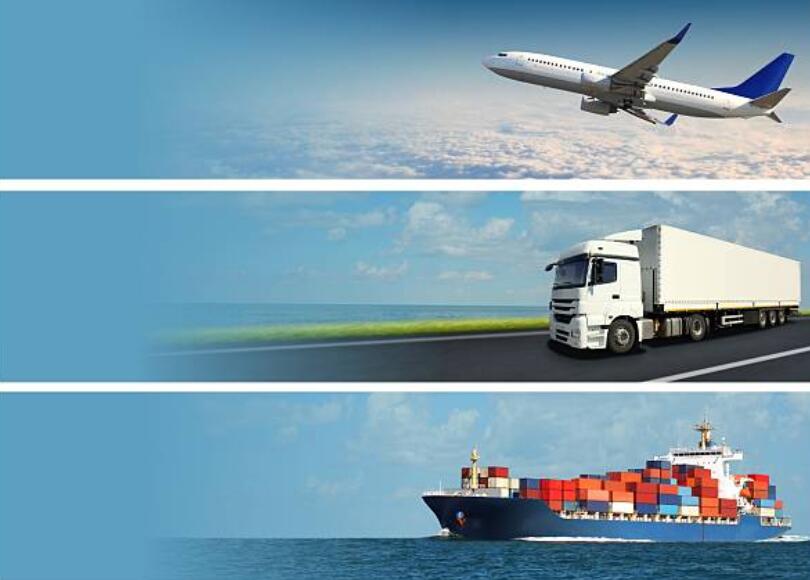
The best shipping method depends on your cargo size, product value, and delivery deadline. Here’s a detailed comparison:
| Shipping Method | Average Transit Time | Typical Cost | Ideal For |
|---|---|---|---|
| Express (DHL, FedEx, UPS) | 3–7 days | \$6–\$10/kg | Samples or small parcels |
| Air Freight | 7–12 days | \$4–\$7/kg | Urgent bulk orders |
| Sea Freight (LCL/FCL) | 25–40 days | \$2,000–\$4,000 per container | Large, heavy goods |
| DDP Sea Freight | 30–40 days (door-to-door) | All-inclusive | E-commerce & FBA sellers |
| Multimodal (Air + Truck/Rail) | 15–25 days | Balanced | Medium-size shipments |
Express shipping is ideal for small electronics or urgent samples, while air freight works best for medium-sized, time-sensitive orders.
Sea freight is most economical for heavy or bulky shipments, especially when shipping full containers (FCL).
If you want a hassle-free option, DDP (Delivered Duty Paid) shipping by DFH Logistics covers export declaration, freight, customs clearance, and duty payment — ensuring your electronics arrive directly at your door or FBA warehouse without delays.
4. How to Choose the Right Shipping Method for Your Electronics?
Choosing the right method is crucial for cost control and delivery performance. Here’s how to make the best decision based on real importer scenarios:
| Scenario | Recommended Method | Reason |
|---|---|---|
| 1–100 kg, urgent, high-value | Express (DHL/UPS) | Fastest, secure, full tracking |
| 100–500 kg, urgent | Air Freight | Best balance of cost and time |
| 500+ kg, non-urgent | DDP Sea Freight | Lowest cost, customs handled |
| Multiple suppliers | Consolidation + DDP | Combine cargo to save on freight |
Example:
If you’re an Amazon seller importing 300 kg of Bluetooth speakers and charging cables, air freight DDP offers the best value. But if you’re ordering 5,000 pieces of home projectors (1.5 CBM total), DDP sea freight will save significant costs while ensuring smooth customs clearance.
At DFH Logistics, we analyze your shipment’s weight, size, product category, and urgency to recommend the most cost-effective solution. We can even split shipments — part by air for fast sales, part by sea for restocking — ensuring consistent supply and reduced overall cost.
You can read more: Shipping methods from China to USA Complete Guide
5. Are There Any Special Regulations for Shipping Electronics to the USA?
Yes, electronics imports are strictly regulated by U.S. authorities to ensure consumer safety, electromagnetic compatibility, and product authenticity.
1. FCC Certification
The Federal Communications Commission (FCC) regulates all devices that emit radio frequency energy — including Wi-Fi routers, Bluetooth earphones, drones, and smart devices.
Without a valid FCC ID or supplier declaration, your goods may be refused entry.
2. UL Certification
Underwriters Laboratories (UL) certification ensures electrical safety for chargers, adapters, and other power-related devices. Although not legally mandatory in all cases, many U.S. retailers and distributors require it for product acceptance.
3. FDA and Other Approvals
If you’re importing electronic medical devices (e.g., infrared thermometers or massage equipment), they may fall under FDA regulations. It’s critical to verify these requirements before shipment.
4. Lithium Battery Transportation Rules
The International Air Transport Association (IATA) has specific regulations for lithium batteries:
- Packaging must prevent short-circuit or overheating.
- Each battery must pass UN38.3 tests.
- Shipper must provide MSDS documentation.
- Airway bill must indicate “Lithium Battery Contained in Equipment” or similar note.
6. What Documents Are Required for Shipping Electronics from China to the USA?
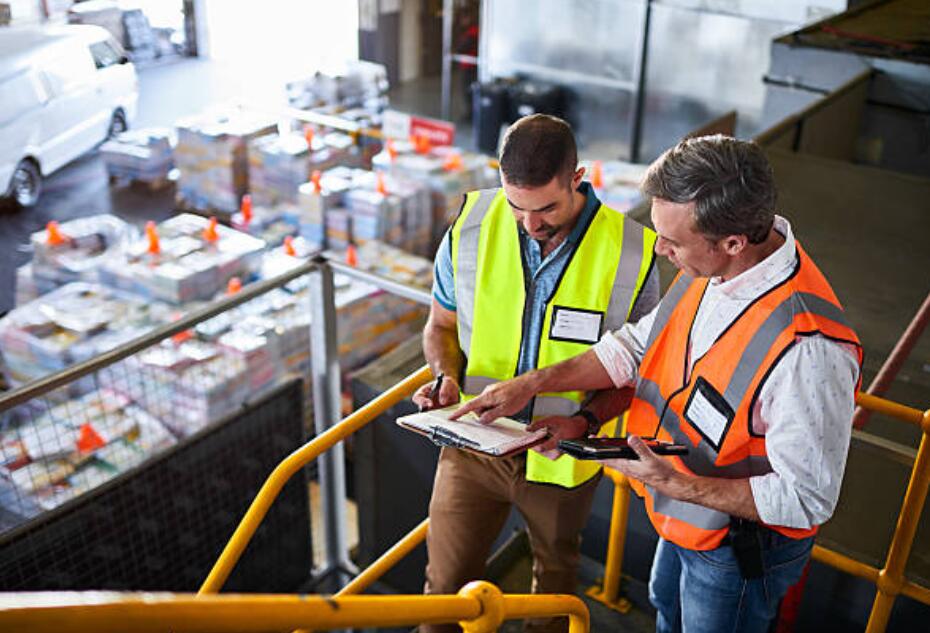
Proper documentation is the foundation of smooth customs clearance. Missing or inaccurate paperwork is one of the top reasons shipments get delayed, fined, or even returned.
Essential Documents Include:
- Commercial Invoice – Lists the buyer, seller, product description, quantity, unit price, and total value. Customs uses this to calculate import duty.
- Packing List – Details package contents, dimensions, weight, and packaging type.
- Bill of Lading (B/L) or Air Waybill (AWB) – Proof of shipment issued by the carrier.
- Certificate of Origin (CO) – Confirms that the goods are manufactured in China.
- FCC Declaration of Conformity – Required for wireless or electronic devices emitting RF signals.
- UN38.3 Test Report & MSDS – Mandatory for lithium batteries or battery-powered products.
- Importer’s EIN/Tax ID – Needed for customs clearance and tax payment in the U.S.
Optional Supporting Documents
- Insurance Certificate – Protects your cargo in case of damage or loss.
- Product Manual & Label Photos – Sometimes requested by U.S. Customs for compliance verification.
Read More: All Documents You Need for Shipping from China
7. How to Handle Customs Clearance for Electronics in the USA?
U.S. Customs and Border Protection (CBP) enforces strict entry procedures for imported electronics. Each product is classified under a specific HS (Harmonized System) code, determining duty rates and compliance requirements.
Customs Process Overview
- Arrival Notice: Carrier submits entry details to CBP.
- Entry Filing: Importer (or DFH acting as your agent) files documents including invoice, B/L, and packing list.
- Customs Review: CBP inspects documents and may request product certification.
- Duty & Tax Payment: Duties, import tax, and possible tariffs are calculated and paid.
- Release of Cargo: Once cleared, goods move to final delivery.
Common Import Duties for Electronics
| Product Type | HS Code (Example) | Estimated Duty Rate |
|---|---|---|
| Mobile phones | 8517.12 | 0% |
| Laptops | 8471.30 | 0% |
| Headphones | 8518.30 | 4.9% |
| LED lamps | 9405.10 | 3.9% |
| Power adapters | 8504.40 | 1.5%–3.5% |
Tip: U.S. tariffs can change under Section 301 trade rules. Always confirm current rates with your freight forwarder before shipment.
How DFH Helps:
We manage your entire customs process under our DDP (Delivered Duty Paid) service — meaning we declare, clear, and pay duties on your behalf. You receive your goods directly at your warehouse or FBA center without handling U.S. customs paperwork yourself.
Read More: How to Avoid Customs Delays When Shipping from China
8. What Is the Best Way to Ship Electronics with Lithium Batteries?
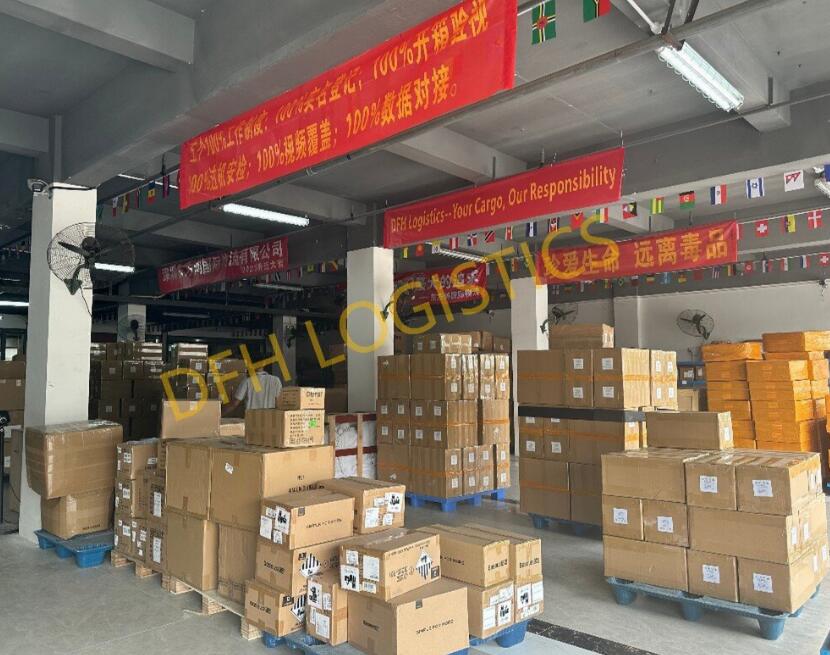
Lithium batteries are classified as hazardous goods because they can overheat or catch fire if damaged or packaged incorrectly. This makes them subject to special regulations for international transport.
Key Requirements for Battery Shipments
- UN38.3 Testing: Confirms the battery can withstand temperature, vibration, and pressure variations during flight.
- MSDS (Material Safety Data Sheet): Describes the chemical composition and handling instructions.
- Proper Packaging: Batteries must be packed separately or within devices, with terminals insulated.
- Labeling: Packages must bear lithium battery warning labels and comply with IATA Section II or Section IB standards.
Shipping Options for Battery Cargo
| Shipping Channel | Allowed Battery Type | Typical Duration | Notes |
|---|---|---|---|
| Air Freight (DG Channel) | Built-in or small quantity | 7–12 days | Higher cost, fastest delivery |
| Sea Freight (DDP) | All types | 30–40 days | Cost-effective for large shipments |
| Express (Battery Line) | Built-in or attached | 5–9 days | Safe for small, high-value parcels |
At DFH Logistics, we operate certified lithium battery shipping channels, approved by major airlines and ocean carriers. Our team verifies your supplier’s battery test reports and ensures all packaging meets international DG standards — avoiding rejections or penalties.
9. How Long Does It Take to Ship Electronics from China to the USA?

Transit time varies by shipping method, route, and customs clearance efficiency. Here’s a general comparison:
| Shipping Method | Transit Time | Frequency | Ideal For |
|---|---|---|---|
| Express (DHL/UPS/FedEx) | 3–7 days | Daily | Small parcels & samples |
| Air Freight | 7–12 days | Several flights weekly | Urgent bulk shipments |
| Sea Freight (FCL/LCL) | 25–40 days | Weekly | Heavy or non-urgent goods |
| DDP Sea Freight (Door-to-door) | 30–40 days | Regular schedules | E-commerce & FBA deliveries |
| Express + Air/Sea (Multimodal) | 15–35 days | Flexible | Cost-effective mid-volume cargo |
Tip: Shipping times may extend slightly during peak seasons (Sept–Dec). DFH monitors port congestion and airline space daily to ensure the most reliable schedules.
By planning ahead and booking early, you can lock in lower rates and secure priority loading.
Read more: Door-to-Door Freight Forwarding from China to USA Explained
10. How Much Does It Cost to Ship Electronics from China to the USA?
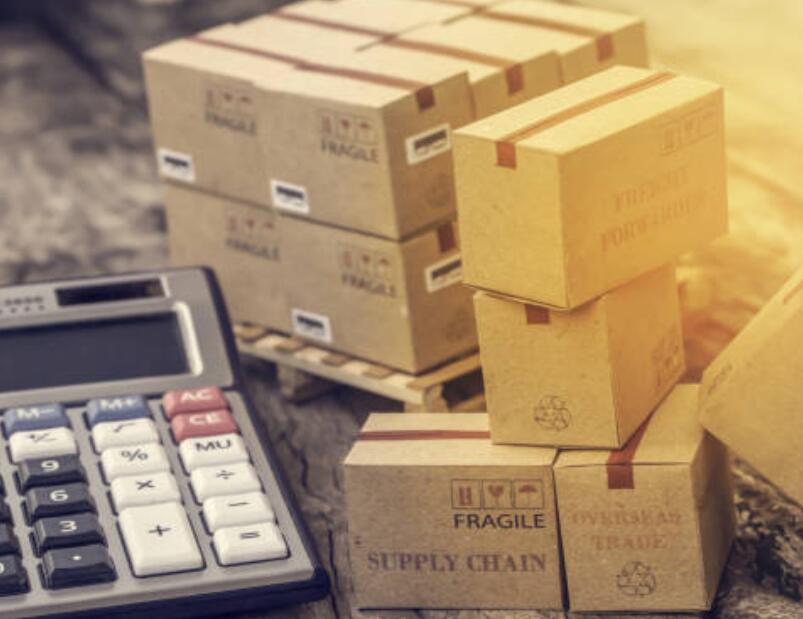
Shipping costs depend on multiple factors — weight, volume, product category, delivery method, and destination. Below is a typical cost overview for reference:
| Shipping Method | Estimated Cost | Billing Basis | Notes |
|---|---|---|---|
| Express | \$6–\$10/kg | Actual or Volumetric Weight | Fastest for small shipments |
| Air Freight | \$4–\$7/kg | Chargeable Weight | Ideal for 100–500 kg cargo |
| Sea Freight (LCL) | \$150–\$300/m³ | Volume (CBM) | Cheapest for bulky goods |
| Sea Freight (FCL 20ft) | \$2,000–\$3,000 | Per container | Best for large volumes |
| DDP Sea Freight | All-inclusive | Weight or CBM | Covers duty, tax, clearance |
Key Cost Factors:
- Type of electronics (battery or non-battery)
- Shipping season (peak vs off-peak)
- Destination (West Coast vs East Coast)
- Packaging size and density
Please note: The above price is only estimate, if you need to get the exactly price welcome to contact us by provide your shipment detail information.
You can read more: How to Get Accurate Shipping Quotes from China to USA and How to Reduce Shipping Costs
11. How to Pack Electronics Safely for International Shipping?

Proper packaging is critical when shipping electronics internationally — especially when dealing with fragile components, screens, or batteries. Damaged cargo not only causes financial loss but can also trigger insurance disputes or customer complaints.
Best Practices for Packaging Electronics
- Use Anti-Static Protection: Wrap sensitive components in anti-static bubble wrap or ESD bags to prevent damage from static electricity.
- Double-Layer Cartons: Always use double-walled boxes or export-grade cartons. Electronics are sensitive to compression during air and sea transport.
- Shock Absorption: Insert foam, airbags, or honeycomb panels to minimize vibration.
- Seal and Label Properly: Use waterproof tape and apply “Fragile,” “Handle with Care,” and battery warning labels where necessary.
- Moisture Control: Include silica gel or desiccant packs, especially for sea freight where humidity levels are high.
DFH’s Professional Packing Services
At DFH Logistics, we offer free repacking and inspection services in our Shenzhen warehouse. We:
- Photograph incoming goods for quality confirmation.
- Repack fragile or irregular products with additional protection.
- Combine multiple suppliers’ goods into one consolidated shipment to save volume.
- Add warning or compliance labels for battery or fragile items before export.
These steps significantly reduce damage risks and help ensure all shipments pass carrier and customs inspections smoothly.
12. Can You Ship Electronics to Amazon FBA Warehouses in the USA?

Yes, you can — and thousands of Amazon sellers do so successfully every day. However, Amazon FBA has strict receiving and labeling requirements that must be followed precisely.
Amazon FBA Import Requirements
- FNSKU & Shipping Labels: Each item must be labeled with a unique FNSKU barcode.
- Carton Labeling: Every outer carton needs two Amazon box labels for tracking.
- Packaging Standards: Products with batteries, plugs, or chargers must be securely packaged and clearly labeled.
- Appointment System: Deliveries to Amazon’s U.S. warehouses require booking delivery slots with carriers approved by Amazon.
How DFH Simplifies the Process
We’ve helped hundreds of Amazon sellers ship directly from Chinese factories to U.S. FBA centers using our DDP Air and DDP Sea lines. Our service includes:
- Labeling and barcode application (per FBA guidelines)
- Consolidation and repacking before shipment
- Customs clearance and duty prepayment
- Direct delivery to Amazon fulfillment centers (with appointment scheduling)
This end-to-end solution allows Amazon sellers to focus on sales while DFH handles all logistics and compliance details.
13. What Are Common Problems When Shipping Electronics and How to Avoid Them?
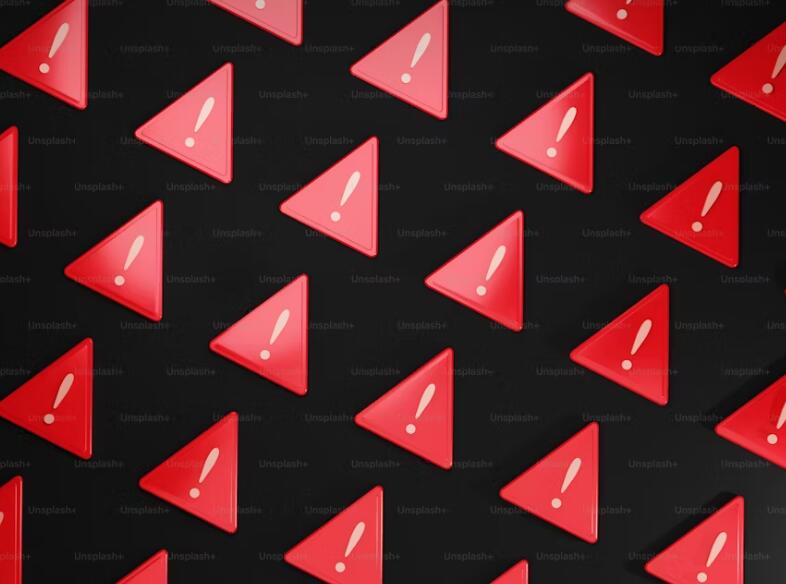
Even experienced importers encounter problems when dealing with electronics shipments. Knowing the risks in advance helps you avoid them.
Frequent Issues
- Customs delays due to incomplete documentation or missing certifications
- Rejected shipments because of undeclared lithium batteries
- Damaged goods caused by poor packaging or humidity exposure
- Unexpected fees from hidden surcharges or incorrect volumetric calculations
How to Prevent Them
- Always verify your supplier’s export documents — especially FCC and UN38.3 certificates.
- Use professional packaging and DG-approved labeling for battery items.
- Work with a freight forwarder experienced in electronics logistics.
- Choose DDP shipping to include customs clearance and duties upfront.
- Insure high-value shipments against damage or loss.
At DFH, we’ve built specialized handling procedures for electronics shipments. We pre-inspect all packages, verify compliance before export, and use stable routes designed for battery cargo — ensuring shipments pass customs without incident.
Read more: Common Shipping Challenges When Importing from China and How to Solve Them
14. Step-by-Step Process: How DFH Ships Electronics from China to USA
Our end-to-end process covers every step — from supplier pickup to final U.S. delivery:
- Pickup & Warehouse Storage: We collect goods from all your suppliers and store them in our Shenzhen warehouse (free for 30 days).
- Inspection & Repacking: We check product quality, count quantities, and repack fragile items.
- Document Preparation: We prepare invoices, packing lists, and necessary certifications (UN38.3, MSDS, FCC).
- Export Customs Declaration: We handle export procedures for suppliers without export rights.
- Shipping Arrangement: Depending on urgency and product type, we choose air, express, or sea DDP routes.
- Import Customs Clearance in the USA: DFH clears goods through U.S. Customs under DDP terms, paying all duties and taxes.
- Final Delivery: Shipments are delivered directly to Amazon FBA centers, business warehouses, or residential addresses.
Our clients appreciate that they don’t have to deal with multiple parties — DFH handles every stage efficiently.
15. Tips to Save Cost and Time When Shipping Electronics
Optimizing your logistics plan can significantly reduce expenses. Here are practical strategies used by our most successful clients:
- Consolidate Shipments: Combine orders from different suppliers into one shipment to reduce chargeable weight and customs fees.
- Book Early During Peak Seasons: Freight rates rise sharply before holidays like Christmas and Chinese New Year.
- Use Sea Freight for Non-Urgent Goods: Send high-demand products by air and slower-moving inventory by sea.
- Optimize Packaging: Avoid oversized boxes — dimensional weight can increase your airfreight cost unnecessarily.
- Negotiate All-Inclusive DDP Rates: DDP shipping avoids hidden fees and gives full cost predictability.
By implementing these tactics, importers often save 15–30% on annual shipping costs.
16. Why Choose DFH Logistics for Shipping Electronics from China to USA

With over 12 years of experience in global electronics shipping, DFH Logistics has built a reputation for reliability, compliance, and efficiency. We specialize in handling battery-powered devices, high-value electronics, and customized delivery requirements.
Our Advantages
- Battery-Approved Channels: Air and sea freight routes authorized for lithium battery cargo.
- Full DDP Service: Customs clearance, duties, and tax all included in one quote.
- Free Warehousing: Up to 30 days in our Shenzhen facility.
- Packaging & Inspection: Professional repacking, labeling, and photo confirmation.
- Dedicated Account Manager: One-on-one communication to track every stage of your shipment.
Our clients include Amazon sellers, e-commerce brands, wholesalers, and distributors who rely on DFH for timely and transparent delivery.
17. Conclusion
Importing electronics from China can open incredible opportunities — but only if done right. From compliance and documentation to packaging and customs, each step matters.
With DFH Logistics, you get a partner who understands every detail of the electronics supply chain. We handle pickup, inspection, packaging, customs, and delivery under one roof — saving you time, stress, and money.
If you’re planning to import electronics from China to the USA, contact us today for a free shipping quote and let our experts design the best route for your business.

